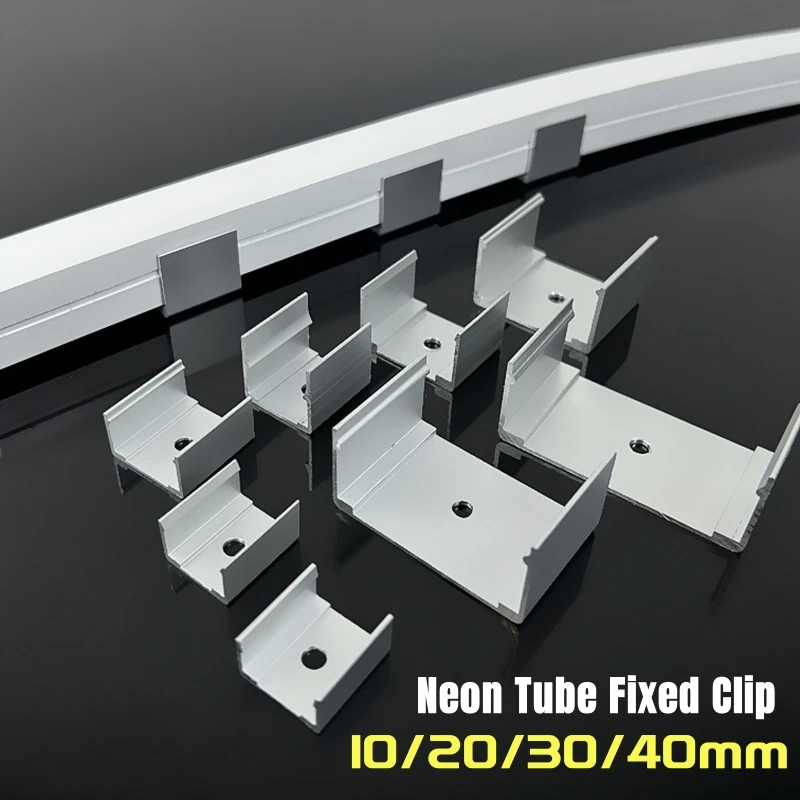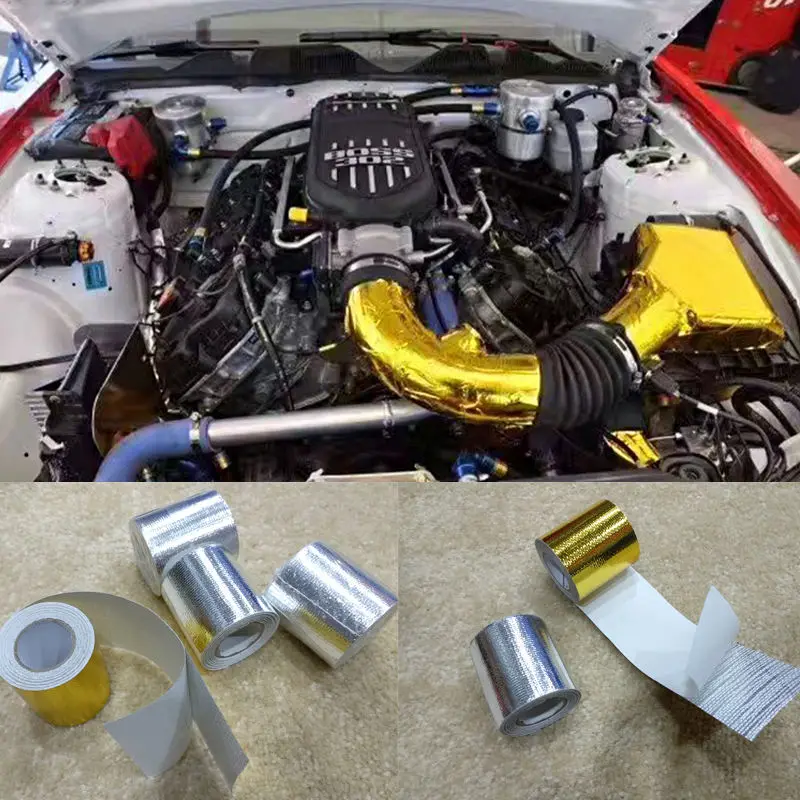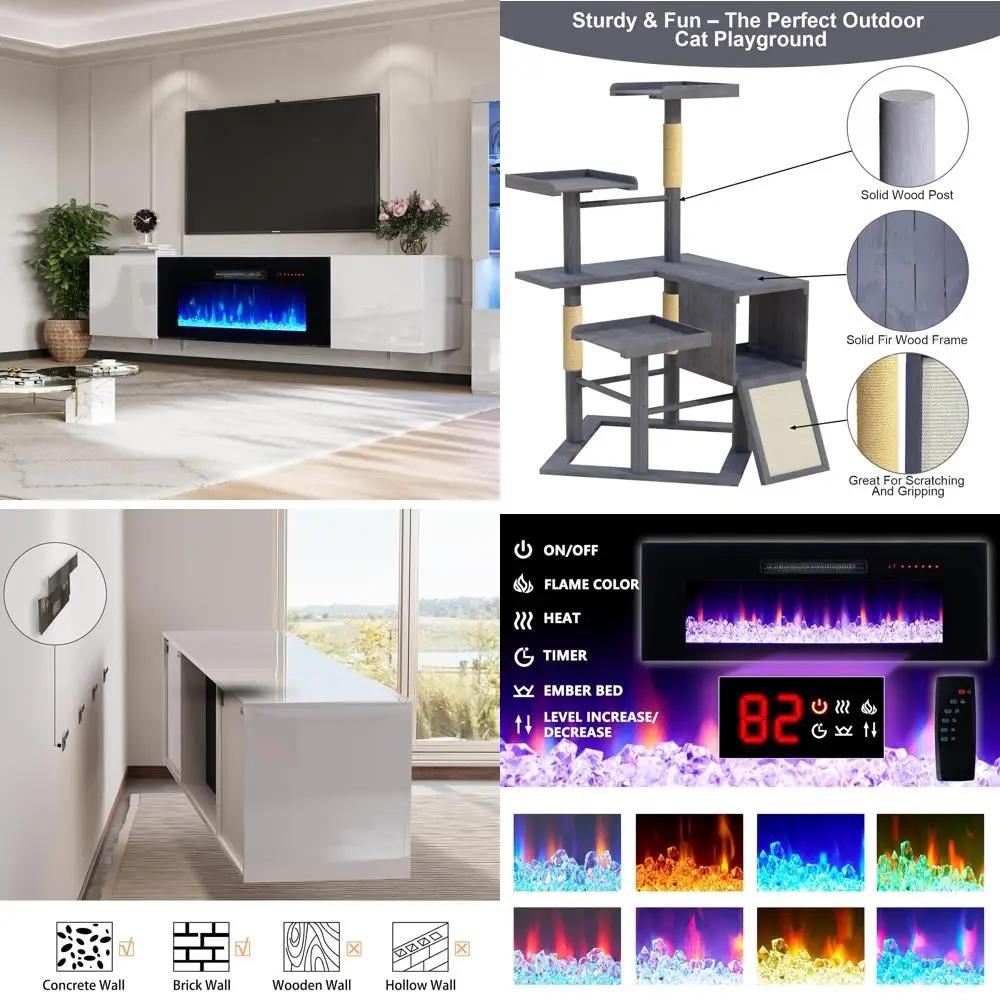Why Aluminum Tape Matters So Much in Winter
When temperatures drop, a house (or shop, or car, or camper) changes.
Cold air starts sneaking in through tiny gaps. Warm air escapes faster than it should.
Pipes cool down. Outdoor lines freeze. Heating systems work harder, and the bill goes up.
A lot of those winter problems have the same root cause: uncontrolled air flow and heat loss.
One of the simplest ways to fight that is aluminum tape — also called foil tape.
Unlike normal plastic tape, aluminum tape has a thin metal layer plus strong adhesive. That means it can:
-
seal air leaks,
-
help protect exposed lines and joints,
-
hold insulation in place,
-
handle temperature changes better than basic tape,
-
and stay put on metal, plastic, or other hard surfaces.
Below are practical, real-world ways aluminum tape is commonly used in cold weather. These are all small, do-it-yourself fixes you can apply before calling a technician.
1. Block cold drafts around windows and doors
If one room in your home always feels colder than the rest, it’s often not “bad heating.” It’s usually air leaks.
Older window frames, balcony doors/sliding doors, and even the main entrance door can have tiny gaps where cold air pushes in. By covering those specific gaps with aluminum tape, you reduce direct cold airflow into the room.
Why not just use regular tape?
-
Aluminum tape is stiffer, so it doesn’t sag.
-
It seals better against hard surfaces.
-
It tends to last longer through winter.

2. Improve heat retention on boiler lines / hot water lines
Exposed hot water pipes (for heating or domestic hot water) lose heat quickly in winter, especially in a balcony-type boiler room or unheated utility area.
When those pipes cool down, the boiler cycles more often, which means more gas or electricity used.
The usual method is:
-
Slip foam insulation (pipe insulation sleeve) over the pipe.
-
Use aluminum tape to seal the seams and secure the ends.
This does two things:
-
It keeps the insulation from opening or sliding.
-
It helps reduce direct contact between cold air and the warm pipe.
Small step, noticeable efficiency gain.
3. Help prevent frozen / burst water lines
Pipe freeze is one of the most expensive winter headaches.
When a water line freezes, ice expands inside the pipe or hose, and the result can be a crack or full rupture.
For outdoor faucets, washing machine supply hoses on a cold balcony, or any exposed plumbing:
-
Wrap with insulation first.
-
Cover and secure that insulation with aluminum tape so cold air doesn’t blow straight onto the line.
This is simple, low-cost protection you can apply before a cold wave hits.
4. Reduce cold air in boiler closets and balcony utility areas
Many apartments or houses have the boiler sitting in a semi-outdoor space (balcony, utility corner, thin sliding door area).
In winter, that space becomes extremely cold, and that cold air rushes into the pipework and hardware.
You can use aluminum tape to temporarily seal small cracks in the frame, loose joints around panels, or damaged edges where outside air is leaking through.
Even a small reduction in constant cold airflow can keep the boiler and nearby pipes from dropping temperature so fast.
In some cases, condensation (water droplets) will form on metal/glas joints and drip down.
A temporary strip of tape can redirect that water so it doesn’t keep soaking the floor.
This is a short-term moisture control trick, not a permanent waterproofing job.
Important: never tape over any active exhaust vent or high-temperature outlet.
Those must stay open and safe.
5. Temporary support for loose car underbody panels
Cold weather makes plastic parts more brittle.
A light bump from a curb or a chunk of ice can crack a splash guard, wheel well liner, or lower bumper cover.
Then it starts hanging down and scraping the road.
Aluminum tape can be used as an emergency hold to keep that panel from dragging until you can get proper service.
It bonds reasonably well to plastic, and it tolerates moisture and wind better than standard household tape.
This is not a permanent repair.
6. Extra draft control for winter car camping / tent camping
In winter camping or car camping, comfort isn’t just about heat sources — it’s about not losing the heat you already have.
Common uses:
-
Sealing small tears or pinholes in a tent wall (temporary patch to stop cold air from whistling in).
-
Taping the edges of a DIY window insulator or thermal panel in your vehicle so cold air doesn’t leak around the sides.
-
Reducing light leakage from inside the car for privacy at night, while also cutting down cold drafts.
It’s a small tweak that can change how warm you feel at 3 AM.
7. DIY mini “heat keep” box for food or warm items
If you’ve ever carried hot soup or a warm lunch in freezing weather, you know how fast it cools off.
Lining the inside of a small box or foam cooler with aluminum tape creates a reflective inner layer.
That helps slow heat loss during short trips (office to home, campsite to car, etc.).
Think of it as a quick DIY thermal container.
It’s not the same as a professional insulated shipper, but it’s very handy for short-term holding.
8. Seal warm air leaks around space heater ducts/hoses
Some portable heaters or mobile heating units use a duct (hose) to blow warm air into a specific area.
If the duct connection is loose, hot air spills out around the joint instead of going where you need it.
Wrapping that joint with aluminum tape can reduce leakage and “focus” the airflow.
One caution: never block the heater’s actual exhaust/intake areas or any surface that clearly gets hot.
Use the tape only on the connection points where warm air is escaping through a gap.
9. Temporary corrosion and moisture shielding on metal joints
Winter roads mean moisture, salt, and dirt — all bad for exposed metal.
If you have a metal bracket, a screw point, or a pipe joint that keeps getting splashed, covering that small area with aluminum tape can help limit direct exposure to salty water and slush for the season.
This is a seasonal shield, not a structural repair. You’re buying time and reducing surface rust risk on sensitive spots, especially outdoors.
10. Keeping heated floor mats / heating film edges flat
Heated floor mats and thin electric heating films can start to curl or lift at the edges over time.
That’s annoying, and it can also become a trip hazard.
Pressing the edges down and securing them with aluminum tape can keep the mat flat and safer to walk on.
This is especially useful in homes with kids or pets, where loose corners get kicked up constantly.
As always, avoid taping directly over any visible wiring or control unit.
The goal is edge management, not covering electronics.
Basic safety guidelines
To get good results (and stay safe), keep these in mind:
-
Do not block vents, flues, or anything designed to release heat or exhaust.
Aluminum tape is strong, but you should not seal off a boiler exhaust pipe, heater outlet, or similar hot zone. -
Don’t overbuild around hinges and latches.
If you wrap a door frame too thick, the door may not close properly and you can damage the seal that was already there. Target specific leak points, not the whole perimeter. -
Know what is “permanent” and what is “temporary.”
-
Draft sealing around a window frame? You can leave that through the season.
-
Holding up a loose car panel? That’s temporary, just to prevent worse damage until repair.
Set expectations honestly.
-
Final note
Aluminum tape is not just “some silver tape.”
In winter, it acts like a quick-response tool for four very real problems: heat loss, cold air infiltration, freezing pipes, and vibration/loose parts.
What makes it valuable is how direct it is. You don’t need heavy tools.
You don’t need to hire anyone. You identify the weak spot — the draft under the balcony door, the exposed washer line on the cold balcony, the space heater hose that leaks warm air, the underbody panel that started rattling — and you stabilize that exact point.
One small roll can easily pay for itself over a single cold season, not just in money but in comfort.










